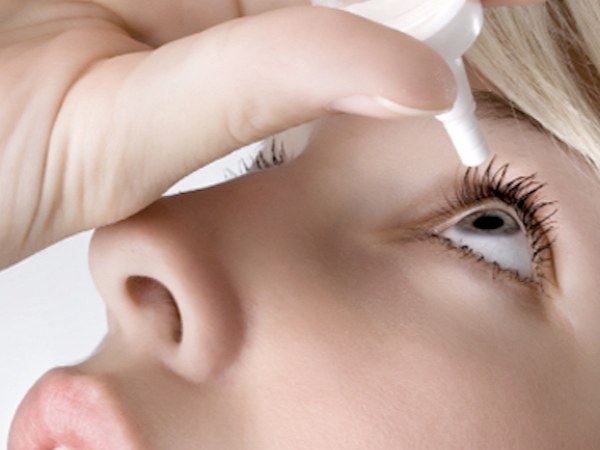Instruction
1
For the treatment of barley were most commonly prescribed drops "Chloramphenicol". It is a broad-spectrum antibiotic, active against a large number of bacteria. The drug is well absorbed and reduces inflammation. In barley, "Chloramphenicol" is instilled in the eye 4 to 12 times a day. Contraindications to the use of the drug is hypersensitivity to its components, a violation of hematopoiesis, kidney or liver failure.
2
Second in popularity are the drops "Sulfacetamide". They have antimicrobial effect and penetrate well into tissues of the eye. The dosage depends on the severity of the disease. "Sulfacetamide" used up to 6 times a day 2-3 drops. With the improvement of the condition, the number receiving the drug is gradually reduced, until the complete disappearance of symptoms of inflammation. Do not use this medicine if you are sensitive to sulfonamides.
3
"Cipromed". Antibacterial drug, active against bacteria and viruses that cause diseases of the eye. "Cipromed" starts to operate after 10 minutes after application and maintains the therapeutic effect for up to 5 hours. To get rid of barley bury the drug 8-10 times a day. Duration of use should be adjusted by your doctor. The drug is contraindicated in children under 1 year old, women during pregnancy and lactation, and in patients with hypersensitivity to components of drug.
4
"TOPEX". Antibacterial drug broad-spectrum. Antibiotic. Applies to the bacterial lesions of the eye. When the barley bury the drug is 1-2 drops every 4 hours. The course of treatment should not exceed weeks. In the acute stage of the inflammation is allowed to take "TOPEX" every hour, until a marked reduction of symptoms.
5
"Ciprofloxacin". The drug inhibits reproduction and causes death of bacteria. In the treatment of barley, use "Ciprofloxacin" 1-2 drops at intervals of 4 hours. Do not use this medicine if you are allergic to its components, and pregnancy.
6
"Sulfacyl". In part of the same substance as in the "Sulfacetamide". Drops are low cost and have in every pharmacy. The downside is the development of resistance of some pathogens to this drug. "Sulfacyl" has an antiseptic effect and suppresses the growth of bacteria, causing their destruction. Drops apply 1-2 drops up to 6 times per day. Decreasing inflammation, the number of receptions is reduced. Usually, drops are well tolerated, but irritation of the conjunctiva, select drops with a lower concentration.
Note
Do not touch the tip of the pipette to the surface of the affected eye. Tightly close the lid of the drug. This saves you from re-entering of bacteria and worsening of the disease.


